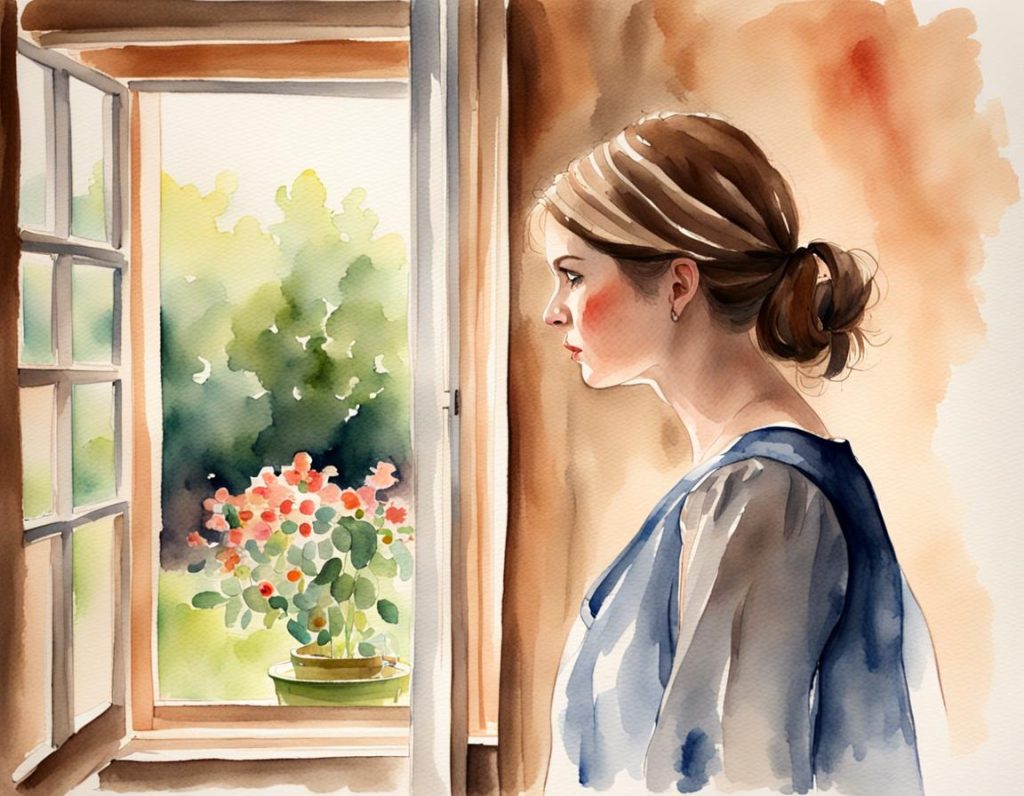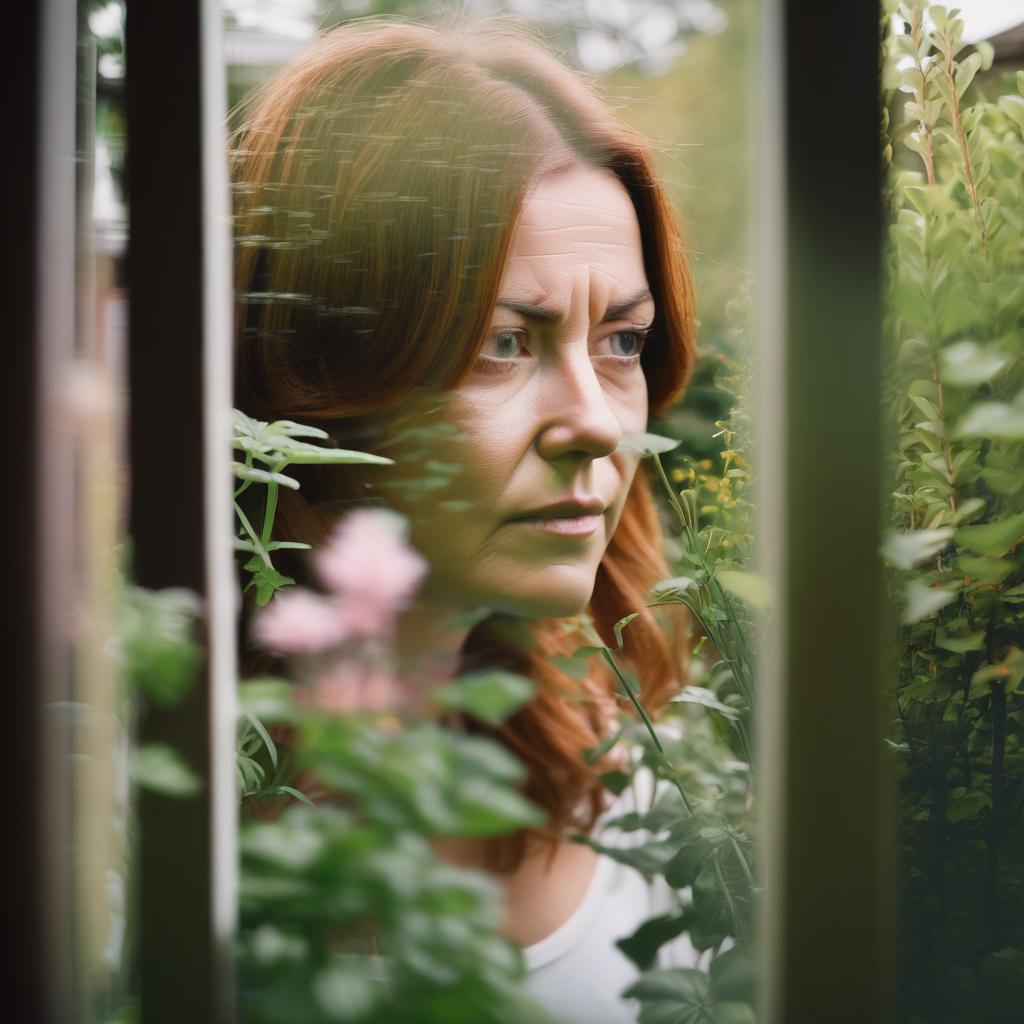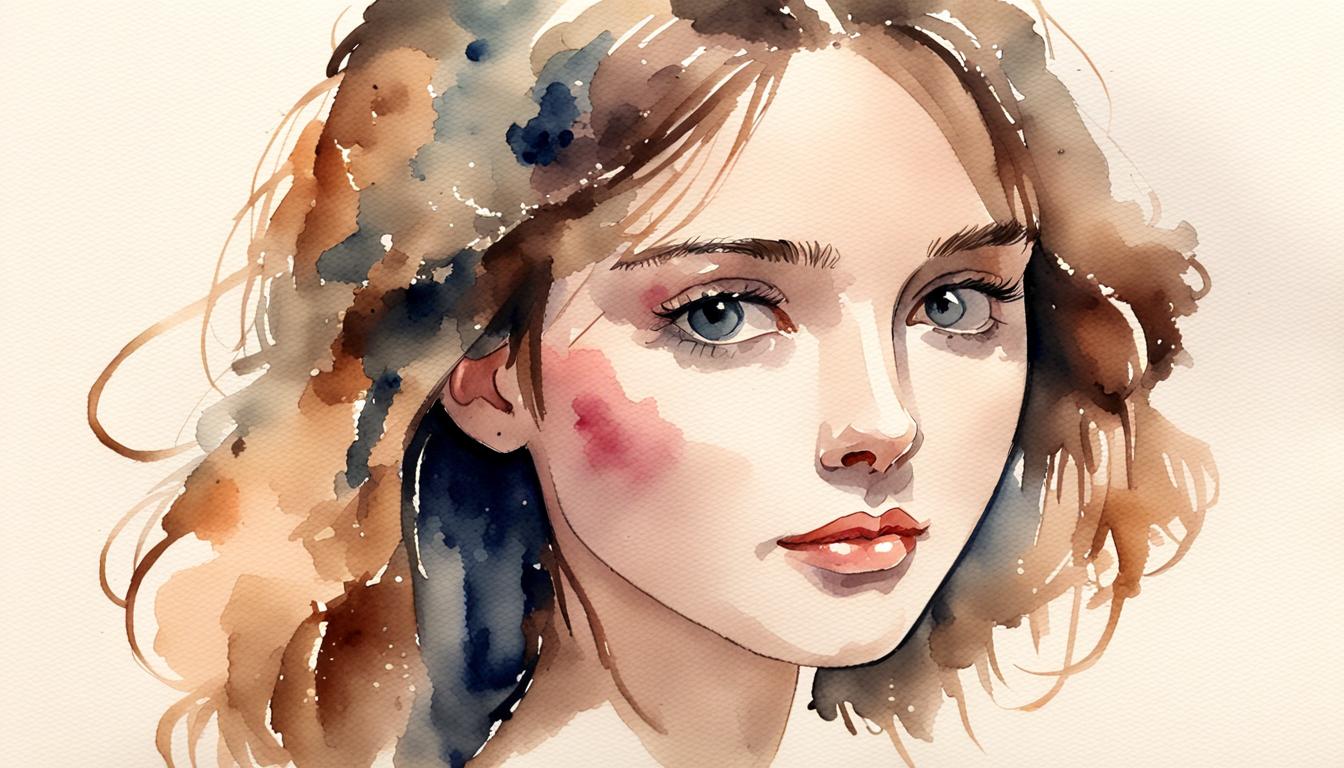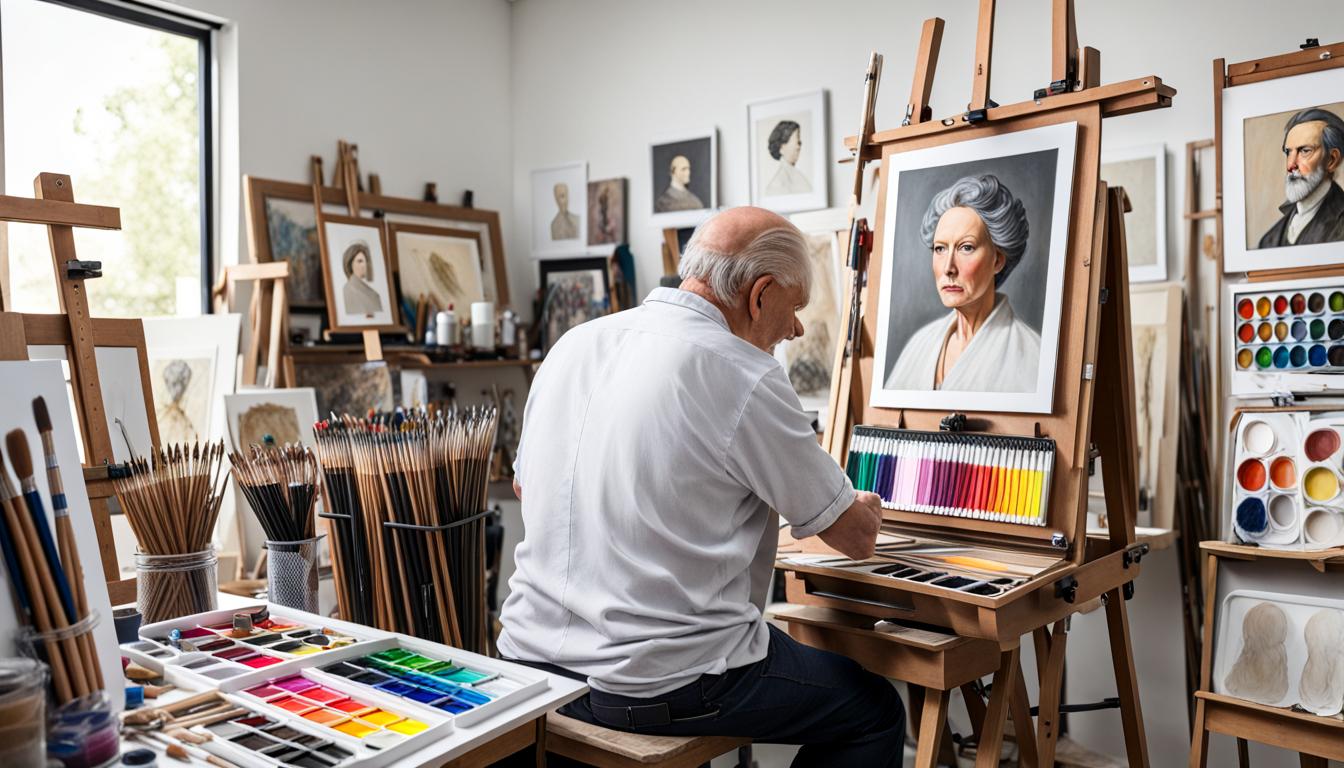
Watercolor painting is a captivating art form, celebrated for its ethereal charm and subtlety. The world of watercolor portraiture offers a unique challenge, demanding precision and a deep understanding of the medium’s unpredictable nature. Throughout history, celebrated artists have developed techniques and shared invaluable insights to breathe life into their watercolor portraits. In this article, we explore the art of watercolor portraiture, delving into expert tips and tricks from famous artists.
Unveiling the Essence of Watercolor Portraits
Watercolor portraits possess an extraordinary quality that distinguishes them from oil and acrylic counterparts. This medium’s transparency and delicacy enable artists to convey emotions and personality with every brushstroke. However, it also requires a high degree of skill and control.
Tip 1: Acquire the Right Tools
Before immersing yourself in the world of watercolor portraits, it’s essential to select the appropriate materials. Renowned watercolorists recommend investing in high-quality paper, brushes, and paints. Opt for cold-pressed watercolor paper with its unique texture, enhancing the softness and subtlety crucial for portraying human subjects. Professional-grade sable brushes provide the control necessary for intricate details, while using top-notch paints guarantees vibrant and enduring colors.
Tip 2: Master the Art of Washes
Watercolor mastery begins with the ability to create exquisite washes. Renowned artists advise starting with a light wash to establish foundational tonal values. Gradually layer washes to build depth and dimension. Controlled brushstrokes and a deep understanding of the medium’s transparency are key to achieving compelling results.
Tip 3: Expressive Eyes: Windows to the Soul
Eyes are the windows to the soul, making them the focal point in watercolor portraits. The great artists advise the use of fine brushes to capture the intricate details of the eyes. Experiment with subtle changes in color and value to effectively portray emotions and draw viewers into the subject’s inner world.
Tip 4: Embrace the Unpredictable
Watercolors are known for their unpredictability, which can be harnessed to create remarkable effects. Many famous watercolorists encourage embracing this unpredictability and allowing water and pigment to blend naturally on the paper. Techniques like wet-on-wet can yield beautiful gradients and soft transitions.
Tip 5: Harmonizing Realism and Abstraction
Watercolor portraits strike a balance between realism and abstraction. While striving for an accurate representation, artists are encouraged to incorporate abstract elements that convey the subject’s personality or mood. This juxtaposition of precision and expressive strokes can create captivating, emotionally charged portraits.
Watercolor Portraiture Techniques
Creating a Likeness
The most important aspect of any watercolor portrait is creating a likeness of the subject. This means capturing their unique features and expressions, as well as their overall personality.
One way to achieve this is to start by sketching the subject’s face lightly on your watercolor paper. As you sketch, pay attention to the proportions of their features and the way they sit together on their face. Also, note any distinctive features, such as a moles, scars, or unique eye shape.
Once you are satisfied with your sketch, you can begin painting. Start by laying in a base skin tone. This can be done by mixing a variety of watercolor colors, such as yellow ochre, cadmium red, and burnt umber. As you paint, keep referring to your reference photo to ensure that the color is accurate.
Once you have laid in the base skin tone, you can begin to add shadows and highlights. Use darker colors to paint the shadows in the hollows of the face, such as under the eyes, nose, and chin. Use lighter colors to paint the highlights on the forehead, cheeks, and nose.
As you add shadows and highlights, keep in mind the overall shape of the face. Avoid painting too many hard lines, as this can make the portrait look flat. Instead, focus on blending the colors together to create a soft, natural look.
Capturing Skin Tones
One of the most challenging aspects of watercolor portraiture is capturing the subtle tones of human skin. Watercolor is a transparent medium, so it is important to layer colors carefully to create the desired effect.
A good starting point is to mix a base skin tone that is slightly lighter than the subject’s actual skin tone. This will give you something to build on as you add shadows and highlights.
To add shadows, use darker colors, such as burnt umber, burnt sienna, and cobalt blue. Be careful not to overdo it, though, as too many shadows can make the portrait look muddy.
To add highlights, use lighter colors, such as yellow ochre, cadmium red light, and titanium white. Pay attention to where the light is hitting the face and apply highlights accordingly.
It is also important to remember that skin tones are not uniform. They vary depending on the lighting, the subject’s ethnicity, and even their mood. As you paint, try to observe the different colors and tones in the subject’s skin and recreate them on your paper.
Painting Eyes, Nose, and Mouth
The eyes, nose, and mouth are the most important features on the face, so it is important to paint them carefully.
To paint the eyes, start by laying in a base color for the iris. This could be blue, green, brown, or even a mix of colors. Once the base color is dry, you can add darker and lighter colors to create depth and realism.
To paint the nose, start by laying in a base color that is slightly darker than the subject’s skin tone. Then, add darker colors to the shadows and lighter colors to the highlights.
To paint the mouth, start by laying in a base color that is slightly lighter than the subject’s skin tone. Then, add darker colors to the lips and lighter colors to the corners of the mouth.
Adding Hair and Other Details
Once you have painted the main features of the face, you can add hair and other details.
To paint hair, start by sketching the basic shape of the hairstyle on your watercolor paper. Then, use a variety of colors and brushstrokes to create the desired effect.
To add other details, such as eyebrows, eyelashes, and jewelry, use a small brush and thin watercolor washes.
Insights from the Masters
Let’s delve into the wisdom offered by a few more renowned watercolor portrait artists:
- John Singer Sargent was celebrated for his lush watercolor portraits. He recommended using a limited color palette and a bold, confident approach to brushwork to infuse his subjects with vibrant vitality.
- Mary Cassatt stressed the importance of understanding the interplay of light and shadow in portraiture. Her advice centered on capturing the way light falls on the subject’s face, creating a luminous effect achieved through meticulous layering.
- Winslow Homer was a master of capturing the essence of his subjects. He advocated the use of watercolor to portray the character and personality of the subject rather than focusing solely on physical likeness.
- Paul Klee introduced the use of geometric shapes and abstract forms within his watercolor portraits to convey the emotional and psychological aspects of the subject.
- J.M.W. Turner, famous for his atmospheric landscapes, applied his innovative techniques to watercolor portraiture, creating dreamlike, expressive works that evoke a sense of mood and emotion.
- Elaine de Kooning brought her abstract expressionist style to watercolor portraits, focusing on the energy and vitality of her subjects, capturing their unique presence in her work.
- Thomas Girtin was known for his ability to create intricate textures in his watercolor portraits by using innovative techniques, producing lifelike, finely detailed depictions of his subjects.
Conclusion
Creating watercolor portraits is a journey that demands patience, precision, and a profound connection with the medium. By incorporating the tips and tricks shared by celebrated artists and embracing the distinct qualities of watercolors, you can unlock the potential to express the soulful essence of your subjects. With dedication and practice, you’ll find yourself creating watercolor portraits that resonate deeply with the emotions and personalities of those you depict. So, seize your brushes, choose your colors, and embark on your exploration of the enchanting realm of watercolor portraiture.


